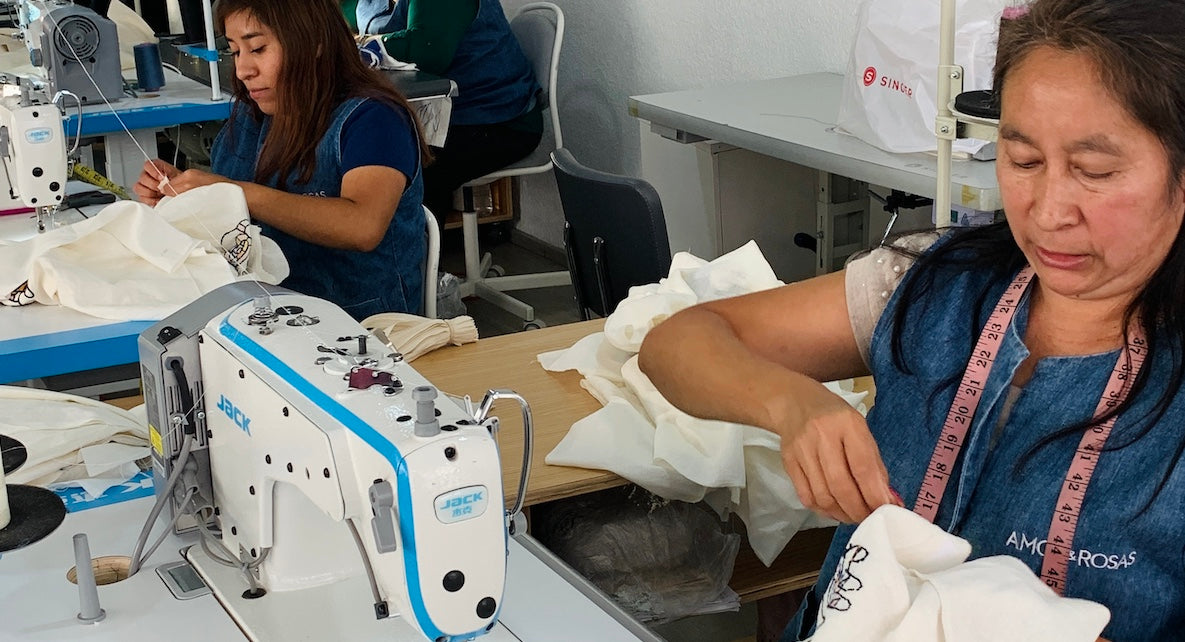
Responsible consumption for the expression of our identity
Difference between consumption and consumerism
The most important thing when considering these two words is to know their meaning;
- Consumption is the action or effect of consuming, we all consume goods daily, but the line is up to where we need it.
- Consumerism, on the other hand, is the tendency to acquire goods that are not always necessary.
We all have the need to consume, and it is inevitable; we need to eat, be warm, etc.
But what about non-physiological needs? We buy clothes and accessories as a way of expressing our individuality; the clothes we wear are our way of showing the world who we are.
And that's okay, this need is important like all the others, we are all unique and we want to express ourselves as individuals.
But here the line is drawn between these two; the difference lies, when it is not expression, but vanity.
Consumerism is fueled by capitalism, which encourages us to buy excessively without thinking about the consequences or who it affects.
and consumption is measured, it is wanting to express yourself and show the world who you are, and this must be done in a conscious, educated and empathetic way. Wanting to look good, wanting to change your look, expanding your closet, is not a crime; as long as they are responsible practices, we can look good and take care of the environment.
Make better purchasing decisions
Responsible consumption is therefore good, it expresses your identity, it shows who you are; but it is consensual. Choose good quality products that you know will have a long life, do your research on the companies you buy from, and always look for those that are committed to the environment; and most importantly, that you care about.
Thousands and thousands of brands around the world are getting more and more involved in making a difference in the world;
- Researching and adapting environmentally friendly fibers in their garments
- Using sustainable packaging
- Implementing a circular economy
- Fair remuneration for its workers
- Transparency in its production
And we can achieve this change little by little, together, with small steps, we can reach great distances, you take the first step.
Post-consumption
Post-consumer waste is that generated after having been used, that is, after having exhausted its useful life.
Post-consumption of garments is the most polluting practice in the industry, as consumers are reluctant to give these items a circular life cycle. The textile industry uses 97% of its raw materials from virgin sources and only 2% from recycled sources, and of the 53 million tons of fiber produced for the industry, 12% is wasted during the production of the garments.
Thousands and thousands of textile wastes are wasted every day, which have already done their part by consuming raw materials and polluting resources.
It is therefore imperative to control the post-consumer waste stream. Extending the life of a product includes repair, reuse, resale and remanufacturing and is preferable to recycling from an environmental perspective. This does not end the moment you wear a new jacket, its life can be extended hundreds of times and we can thus avoid the waste stream in perfect condition. It is a crime; as long as we practice responsible things, we can look good and take care of the environment.



